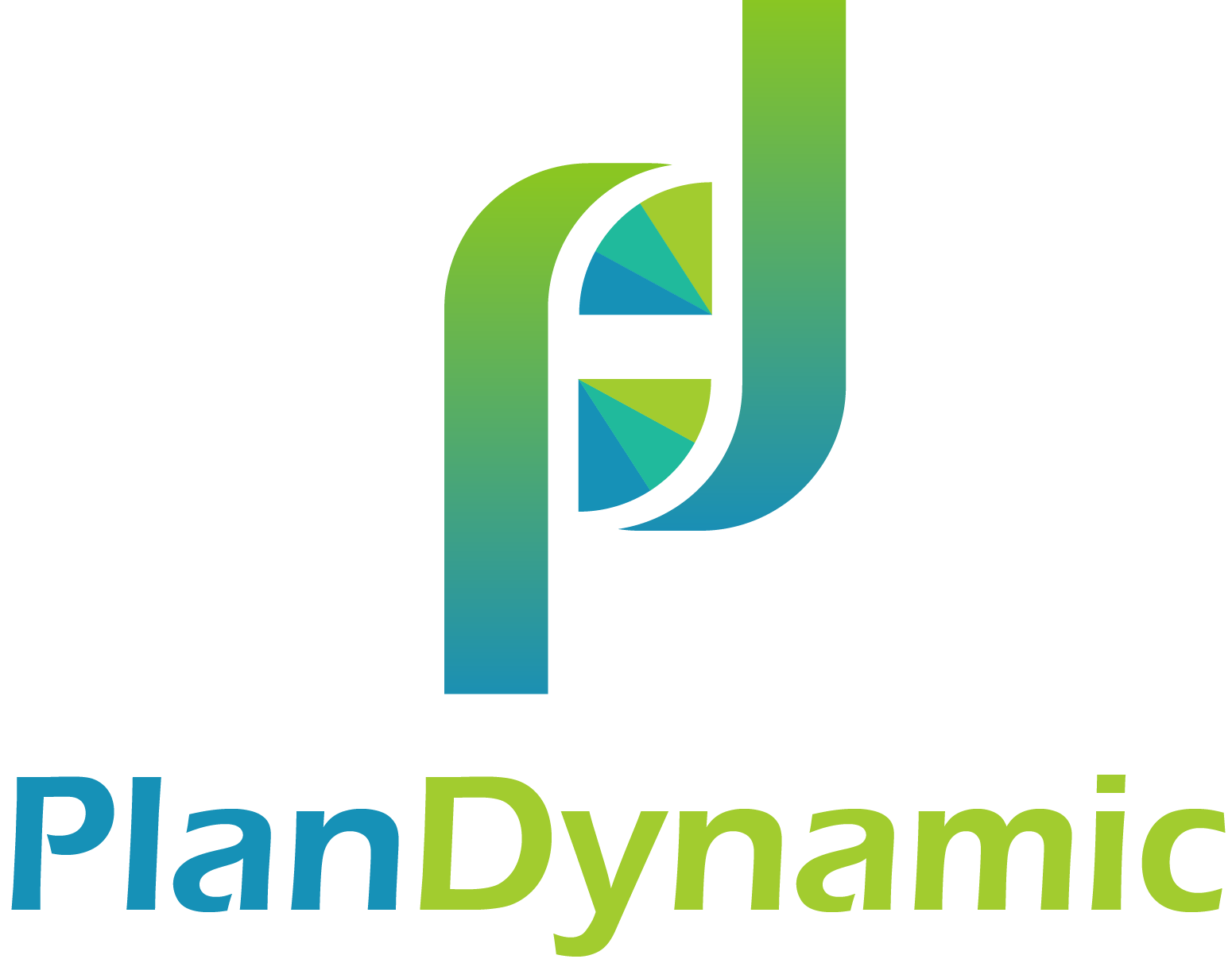HSA & HDHP - Alphabet Soup of Work Benefits
Fall brings football, hearty soups and dreaded acronyms in open enrollment for work benefits.
Americans know the importance of medical coverage and retirement programs, yet less than 50% eligible participate in the triple tax advantages associated with saving for health care expenses through a health savings account, or HSA.
What are HSAs?
Introduced through the Medicare Modernization Act of 2003, HSAs are tax-exempt savings plans paired with a high-deductible health plan (HDHP) meeting certain criteria. For 2019, this means individual coverage at least $1,350 in annual deductible and no more than $6,750 in annual out-of-pocket expenses. Family coverage is $2,700 and $13,500, respectfully.
Key HSA Facts
In 2019, an individual can contribute $3,500 and a family up to $7,000.
If age 55 or older, you can contribute additional $1,000.
Contributions are taken out pre-tax or tax-deductible, if self-employed.
No federal taxes on money spent on qualified health care expenses.
Interest or other capital earnings from the account grow tax-free.
Thus, unlike any other tax-advantaged savings plan, the HSA can offer “triple tax benefits”: tax-free contributions, tax-free earnings, and tax-free distributions.
Enrollments Below 50%
Driven by companies shifting costs onto employees and individuals seeking to control premiums, HDHP enrollments in private insurance for those under age 65 has risen since 2010 from 25.3% to 47.0% through March 2018 per the Centers for Disease Control and Prevention. Yet, less than half (45.8%) participate in a HSA. Surprising, given many employers now contribute funds to incentivize employees to enroll.
Best Practice
Consider contributing at least your annual deductible each year with a 4-year goal to accumulate a HSA balance exceeding annual out-of-pocket expenses. Remember, medical expenses happen and funds will be used, so be flexible with your plan.
If You Leave
You own the HSA, there are no limits on amounts carried over each year or when funds are used. If leaving your company, bring it with you. Need help on how? Speak with a benefits coordinator or your financial planner.
The opinions voiced in this material are for general information only and are not intended to provide specific advice or recommendations for any individual.
Glenn Brown is a Holliston resident and owner of PlanDynamic, LLC, www.PlanDynamic.com. Glenn is a Certified Financial Planner™, Chartered Retirement Planning Counselor and fee-only fiduciary helping families, business owners and Sandwichers evolve their financial independence.
This article appeared in the November 2018 editions of Holliston Local Town Pages and Ashland Local Town Pages.
Please call me at (508) 834-7733 or directly schedule a meeting to learn more about maximizing your work benefits, retirement savings and tax planning.
PlanDynamic, LLC is a registered investment advisor. This article is intended to provide general information. It is not intended to offer or deliver investment advice in any way. Information regarding investment services are provided solely to gain a better understanding of the subject or the article. Different types of investments involve varying degrees of risk. Therefore, it should not be assumed that future performance of any specific investment or investment strategy will be profitable.
Market data and other cited or linked-to content on in this article is based on generally-available information and is believed to be reliable. PlanDynamic, LLC does not guarantee the performance of any investment or the accuracy of the information contained in this article. PlanDynamic, LLC will provide all prospective clients with a copy of PlanDynamic, LLC’s Form ADV2A and applicable Form ADV 2Bs. You may obtain a copy of these disclosures on the SEC website at http://adviserinfo.sec.gov or you may Contact Us to request a free copy via .pdf or hardcopy.
